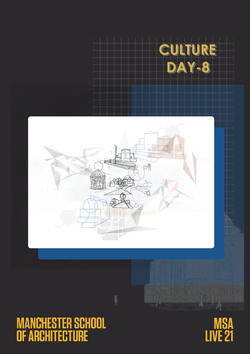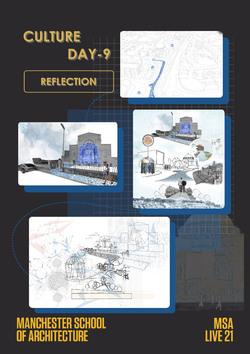March Atelier: Advanced Practice
From: China
BA: Manchester School of Architecture (Platform)
Interests: Food / Travelling / Anime
Skills: Sketchup / Photoshop / Sketching
From: China
BA: Manchester School of Architecture (Platform)
Interests: Food / Travelling / Anime
Skills: Sketchup / Photoshop / Sketching
Posted 2 Mar 2021 17:24

















